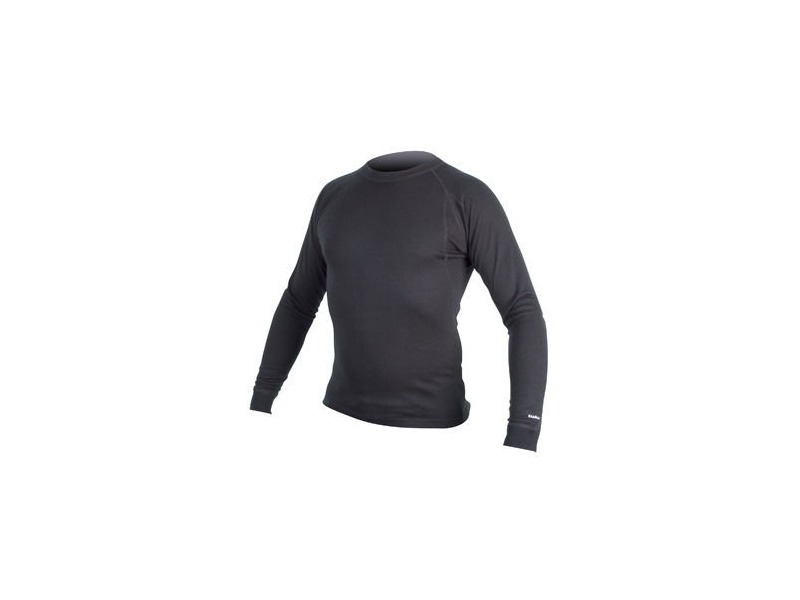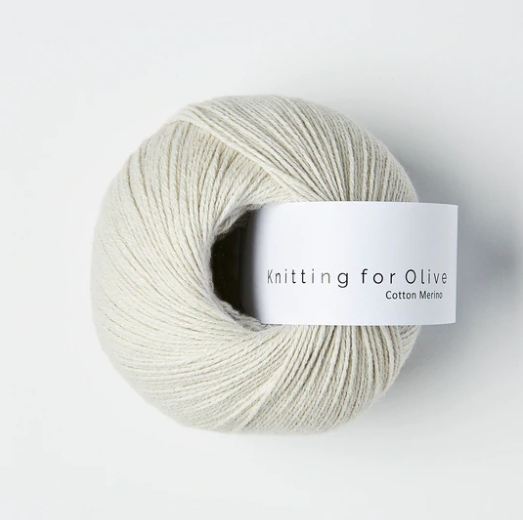What Makes Yak Merino's Base Layer So Good For Winter Sports Clothing And What Is The Reason?
The combination of merino and yak wool qualities makes the base layer highly effective in winter sports apparel. Its hollow fibers trap the air, resulting in an excellent insulation. Combine merino and the resultant fabric provides excellent warmth.
Merino wool is moisture-wicking, that means it draws water away from your body, and then release it back to the air. This keeps your body dry. Yak wool complements this by being able to wick moisture away. This combination regulates the body's temperature by removing moisture from the skin when you are doing vigorous physical exercise in cold temperatures.
Softness and Comfort- Merino wool is renowned for its softness and fine fibers, which tend to be less likely to cause irritation on the skin. When paired with yak wool, that also has soft and smooth fibers, the resultant fabric is comfortable against the skin.
Both Merino Wool and Yak Wool have natural antimicrobial properties that help to inhibit the growth of bacteria which produce unpleasant odors. This feature keeps your garments smelling fresher and longer even when you wear them for extended periods.
Durability. Yak Wool is naturally robust. It can stand up to the wear associated with outdoor and sports.
Temperature Regulation: Yak Merino Wool Base Layers are breathable and have insulation properties that help regulate the body's temperature. They keep the wearer warm in cold weather, while still keeping them warm.
Merino Wool and Yak Wool are renewable, biodegradable and biodegradable which makes them eco-friendly choices for winter sportswear.
In addition to these advantages With these attributes, yak wool base layer are highly efficient as winter sportswear. They are warm, comfort moisture management and the durability needed in cold temperatures. Take a look at the best merino wool base layer blog for blog info including ski thermals mens, smartwool 250 women's, airblaster merino ninja suit, base layer moisture wicking, wool mid layer, ski base layer womens, smartwool long sleeve, smartwool thermal underwear, best merino base layer, smartwool base layer sale and more.

What Are The Benefits Of Bamboo Clothing As Outdoor Winter Clothing In Terms Durability, Comfort And Security?
Bamboo clothing provides many benefits for winter outdoor clothing in terms of sustainability, comfort and safety. Comfort-
The softness of bamboo fabric a smooth and soft texture that's soft on the skin. It's often compared with silk or cashmere for its luxurious feel.
Bamboo fibers are renowned for their wicking properties that allow the bamboo fibers to draw moisture away from the skin while keeping the wearer dry and comfortable.
Thermal Regulation- Bamboo clothing has natural temperature-regulating properties, providing warmth in winter while remaining breathable to prevent overheating.
Sustainability-
Bamboo is a renewable material that grows very quickly, without the use of pesticides. Bamboo is a natural material that is able to regenerate quickly, which makes it a sustainable choice.
Bamboo has a low environmental impact. Bamboo farming is typically less water-intensive than conventional cotton farming and it doesn't reduce soil nutrients. Bamboo is also able to absorb more carbon dioxide and release more oxygen to the atmosphere compared to other plants.
Protection for Outdoor Wear-
UV Protection - Bamboo fabric is UV-resistant and has inherent properties that provide natural protection against harmful UV ultraviolet rays.
Bamboo is a natural antimicrobial, called "bambookun," and it helps to inhibit the growth bacteria that produce the odor. This helps keep clothes fresher for a longer period of time, particularly when doing outdoor activities.
Additional Benefits
Durability Bamboo fibers can be durable and strong which makes them ideal for outdoor wear that may undergo rugged use.
Biodegradability. Bamboo clothing has a biodegradable nature, meaning that it is able to decompose naturally at the end of its cycle.
Bamboo fabric is an excellent alternative for winter outdoor clothing. It is comfortable, thermal regulation and moisture control. View the top rated bamboo clothings for more info including childrens bamboo socks, angel dear bamboo pajamas, halloween bamboo pajamas, t shirts bamboo, carter's bamboo pajamas, bamboo baby clothes, jacket bamboo, bamboo clothing leggings, bamboo jeans brand, bamboo shorts mens and more.

What Are The Differences Between Merino And Bamboo Clothing?
Merino wool layers, bamboo clothing, and regular wool possess distinct features that differentiate them Merino Wool-
Merino wool's fine fibers are soft, and feel good against your skin. It's less likely to cause irritation or itching than wool that is more traditional.
Merino Wool has excellent moisture- Wicking Properties- Merino is a material that wicks moisture that draws moisture away and allows it evaporate. The wearer is dry and comfortable.
Merino provides excellent insulation even when wet. It regulates temperature and provides insulation in cold temperatures, and allows for breathability in hot weather.
Odor Resistant - It stops the growth and spread of odor-causing bacteria, so garments stay fresher for longer.
Bamboo Clothing-
Its softness. Bamboo clothes are frequently similar in texture to cashmere and silk. It's a soft fabric that provides a comfortable wearing experience.
Bamboo fabric has moisture wicking properties that help draw away moisture and keeps your dry.
Temperature Regulation- Bamboo clothing has natural temperature-regulating abilities, offering warmth in winter and breathability to prevent overheating.
Sustainability- Bamboo grows rapidly and is free of pesticides or fertilizers. It is biodegradable and has minimal environmental impact.
Wool Regular
Texture. Traditional wool comes in a wide variety of textures. Some are more coarse, and can cause irritation or itching.
Wool is an excellent insulation material. It can be very warm, but it may be too heavy or heavy.
Wool is not as effective as bamboo or merino fabrics in wicking off moisture since it absorbs water. It can retain the heat, even if it's moist.
The benefits of merino are its softness, moisture-wicking capability, resistance to odor, and insulation. Bamboo clothing offers a silky texture, wicking capabilities, temperature regulation and sustainability. Regular wool is different in its texture. It might not be as soft, or have the same moisture-wicking capabilities as bamboo or merino but provides warmth. Each material has its own advantages, catering to different tastes and needs in winter wear. Read the top bamboo winter clothing for website recommendations including smartwool long sleeve, merino 250 base layer, long john merino, merino wool ski base layer, smartwool long johns, wool undershirt women's, merino wool undershirt, best base layer for skiing women's, merino base layer cycling, wool base layer and more.

Results 1 to 1 of 1
Threaded View
-
12-08-2023, 11:19 AM #1Gotstang? Newbie!

- Join Date
- Nov 2023
- Posts
- 27
 Top Tips For Choosing Merino Wool Base Layers
Top Tips For Choosing Merino Wool Base Layers
Thread Information
Users Browsing this Thread
There are currently 1 users browsing this thread. (0 members and 1 guests)




 Reply With Quote
Reply With Quote